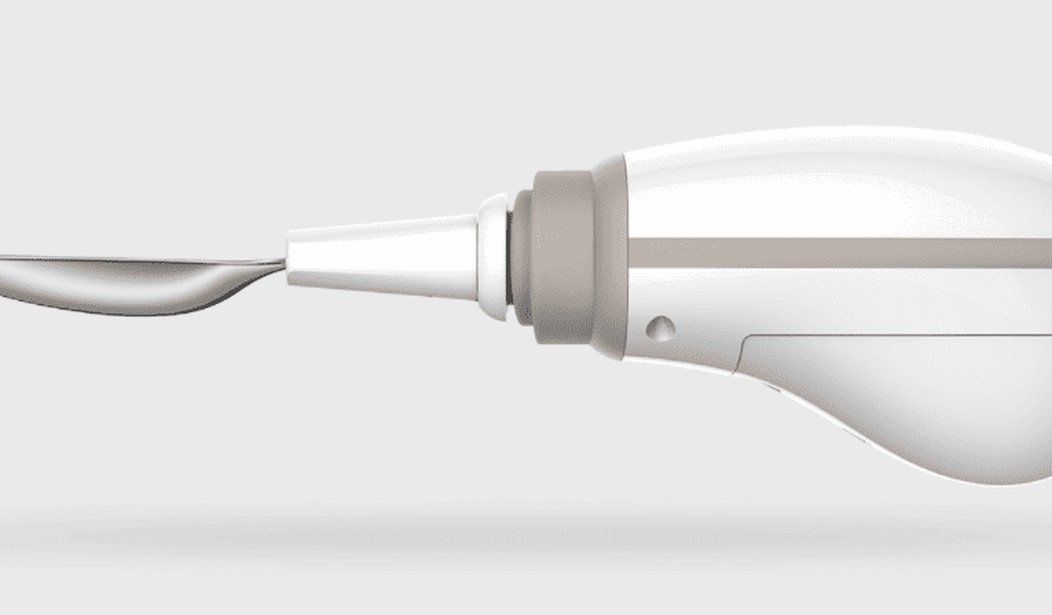About 180,000 people from around the world visited Las Vegas this past week to attend the Consumer Electronics Show, the annual gadget fest where 4000 companies displayed their offerings.
Visitors saw a wide range of products, from huge TVs to self-driving cars to mechanical robots to more mundane products like phone accessories, earphones, and health monitors. Everyone was looking for the next breakthrough product that will change their lives or the way they do things. But alas, those breakthrough products were rare at the show.
So, what were some of the most interesting new products?
Samsung’s Wall TV proved that Samsung is still the king of large screen TVs. They showed a modular 146-ich wall-sized TV, appropriately called The Wall. It uses a new LED display technology to create displays larger than anything that has ever gone in the home, making it finally possible to have a TV take up an entire wall.
Ford’s Ojo scooter was one of many new electric-powered transport systems. It is enabled by lower cost Li-Ion batteries and more sophisticated electronics. The Ojo is a sleek, lightweight electric scooter that’s one of the best-looking modes of transport since the original Vespa. It travels 25 miles on one charge, up to 20 mph, and runs silently. $2150.
In addition to the usual health trackers, there were new products to help those with serious health issues. Relúmĭno smart glasses from Samsung Labs is a headset that helps those with impaired vision see better. It enhances what they see by sharpening what might otherwise be a blurred image, adds outlines to objects to make them stand out, and inverts colors to make text easier to read.
A Los Angeles company, Force Impact Technologies, showed their FITGuard mouthpiece for use by those playing football. The device is used to detect the impact that a football player’s head experiences during the game and communicate that information using colored LED indicators on the mouthpiece or through an app. It’s a timely product that addresses the chronic traumatic encephalopathy that’s been found to seriously harm football players, causing alarm among players and medical experts alike. $690.
The Gyenno spoon is a product designed for those with unsteady hands such as those with Parkinson’s disease. It uses motion stabilization, such as what’s used to take steadier images, and makes it easier for those with tremors to eat. $189.
While the products above seem really useful, here’s one that received a lot of ridicule: It’s a new LG InstaView ThinQ smart refrigerator, which lets owners peer into their refrigerator without opening the door. You knock twice and a 29-inch touchscreen window turns transparent. You can electronically tag food with virtual stickers to display expiration dates and other product information. It also has a wide-angle camera built into the refrigerator so you can check to see what you may need while you’re at the supermarket.
High tech has not only invaded the kitchen, but also the bathroom as well.
Kohler exhibited a smart bathroom that lets you speak to your shower, sink, or mirror to ask it to turn the water on, raise the temperature, or do other things using a voice prompt. The company’s $1000 Verdera Voice Lighted Mirror can respond to a command while you’re shaving, such as “check traffic,” “play the news,” or “what’s the weather.” Kohler is using technology from Amazon Alexa to provide the voice recognition.
In fact, Amazon and Alexa were at CES in full force with their Amazon Alexa and Google Assistant technologies, competing to put them into all sorts of new devices. Amazon claims Alexa technology is going to be in 4000 new products, while Google claims 1500. Examples include Sonos and Klipsch speakers, Sony TVs, and Whirlpool washing machines. Some companies are putting both technologies in their products.
As in recent years, there’s still a huge focus on self-driving cars which are being promoted by automotive companies and users, including Lyft. While still a way off for our own general use over the roads we drive, we can expect to see some limited-use examples hit the streets this year over an approved number of highways and local streets that have been fully tested. GM announced that a new model of their popular Chevy Bolt electric car will be produced with no steering wheel or accelerator pedal for just this purpose.
But folks, in reality, if you’re wondering what was new at CES that will affect us or change our lives, there was not a whole lot. We’re seeing, for the most part, more gadgets that really add complications to our lives and technology just doing things we can already do for ourselves. Kohler wants us to learn a command to flush their toilet or speak to a mirror to ask for the news. Is that progress?
While some engineers might be impressed, for the most part, it’s more of the same — or bigger or faster than what was shown last year. Yes, every once in a while a product idea sneaks through that has real value, such as those above addressing those with handicaps or diseases, but for the most part, the industry is just trying to get us to buy more products.
But let’s face it. We’ve come a long way in tech, so that now most of us have what we need. A smartphone, large TV, WiFi throughout the home, security cameras in the house and reliable transportation. The really new breakthroughs that will change our lives, such as the Internet, the smartphone, or the computer, are here, and, at least as a result of this show, similar breakthroughs are much fewer. While I may eat these words in a year or two, we can be content with what we have. Just because something is new, doesn’t make it better.









Join the conversation as a VIP Member